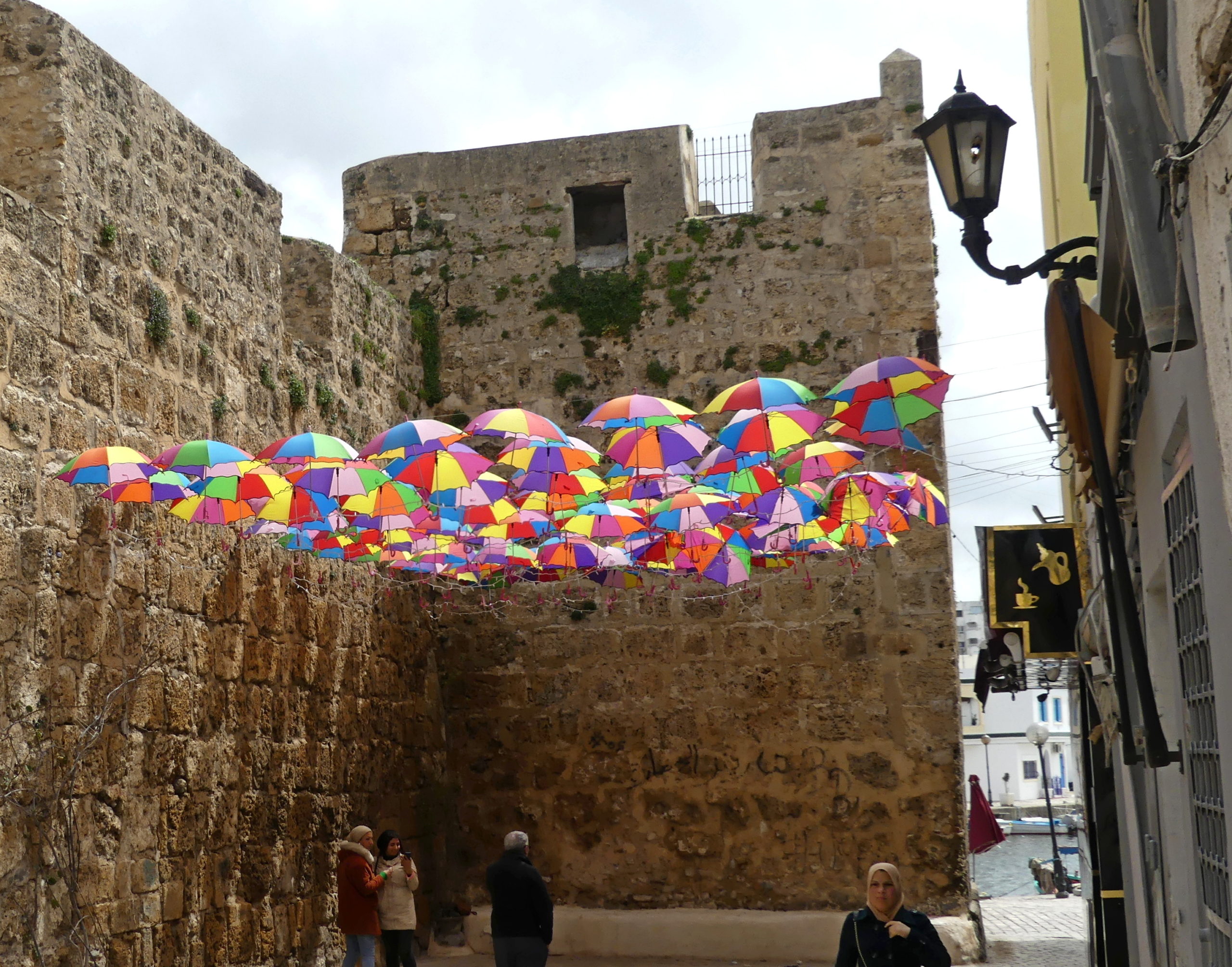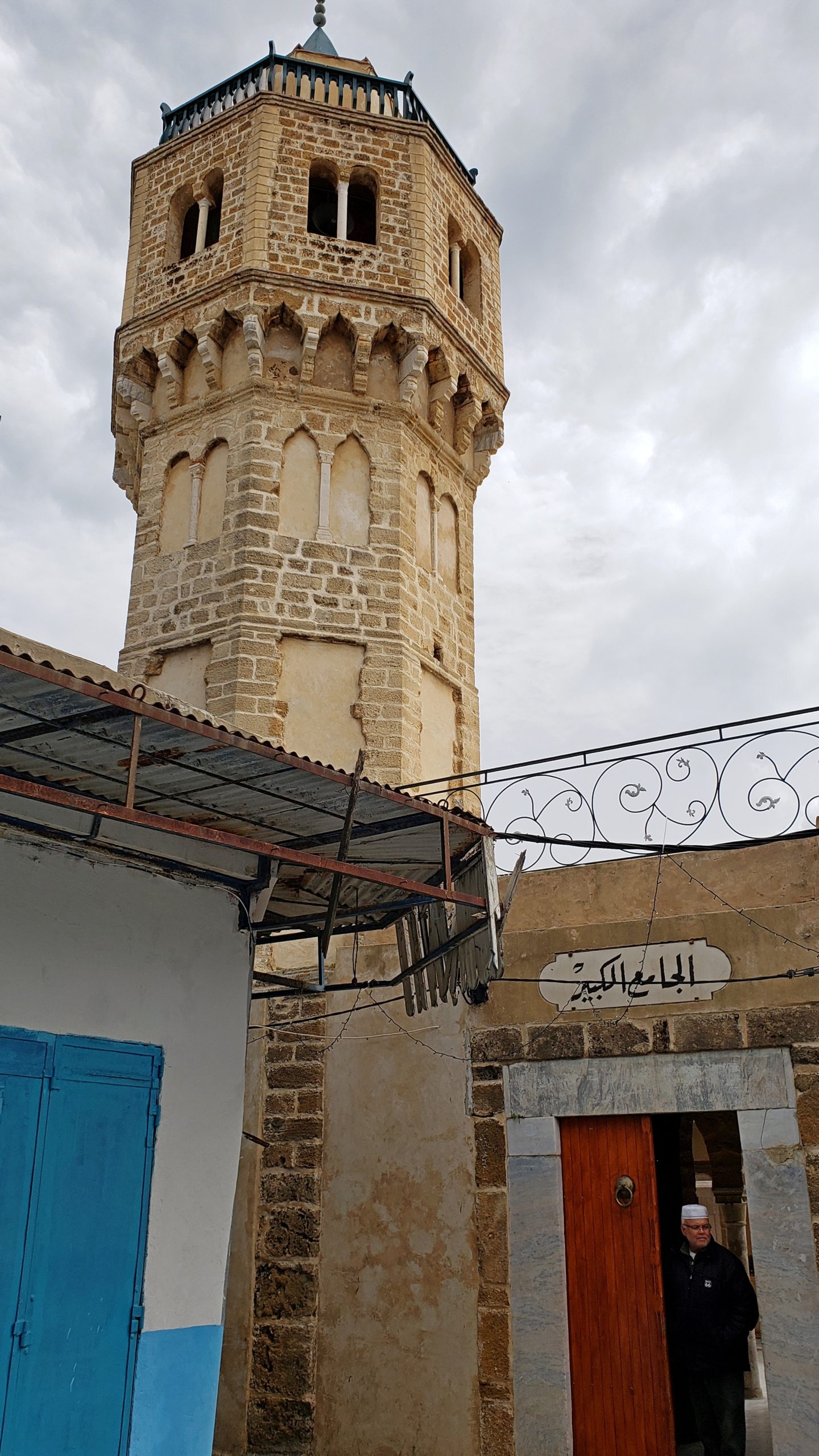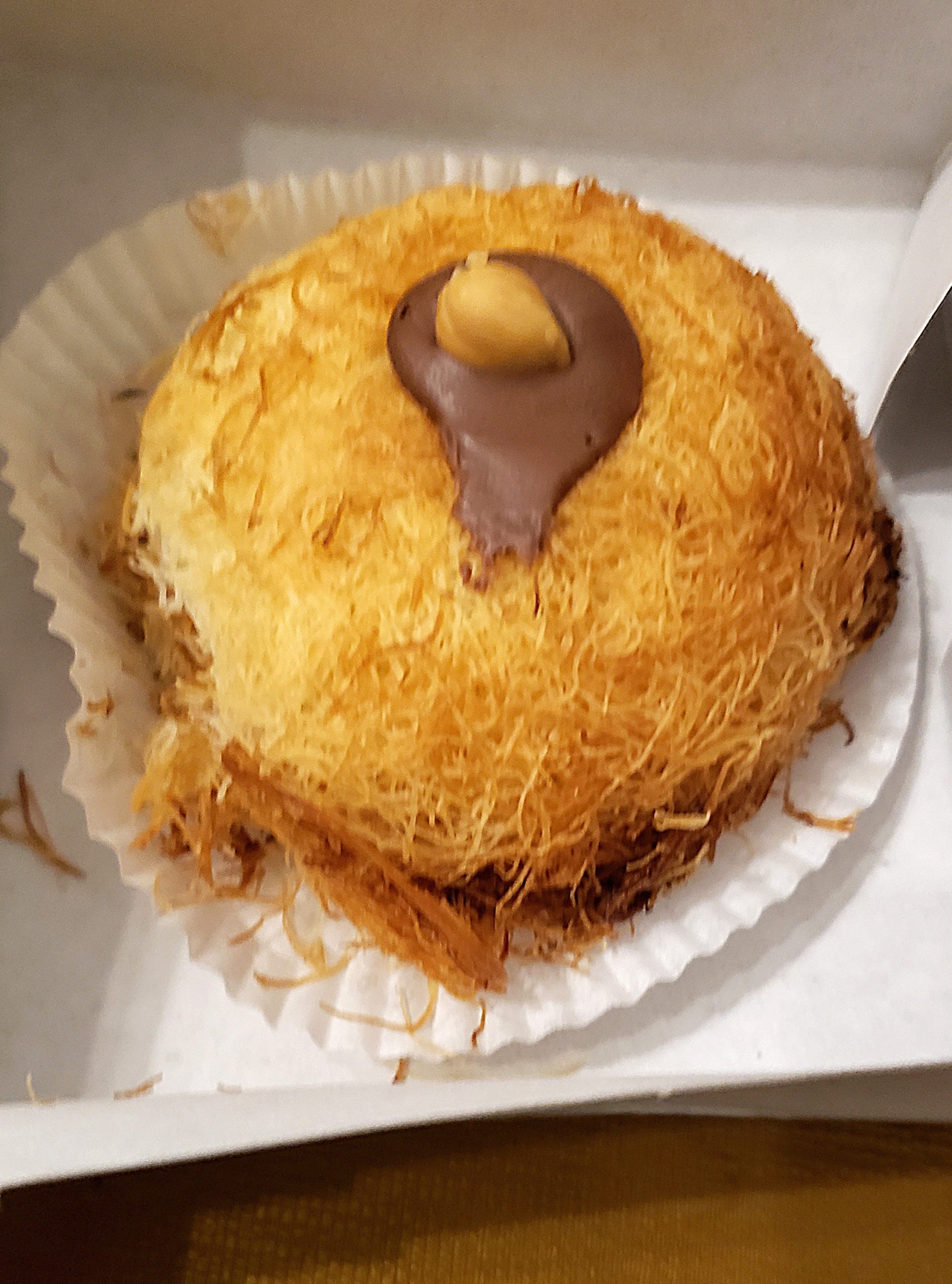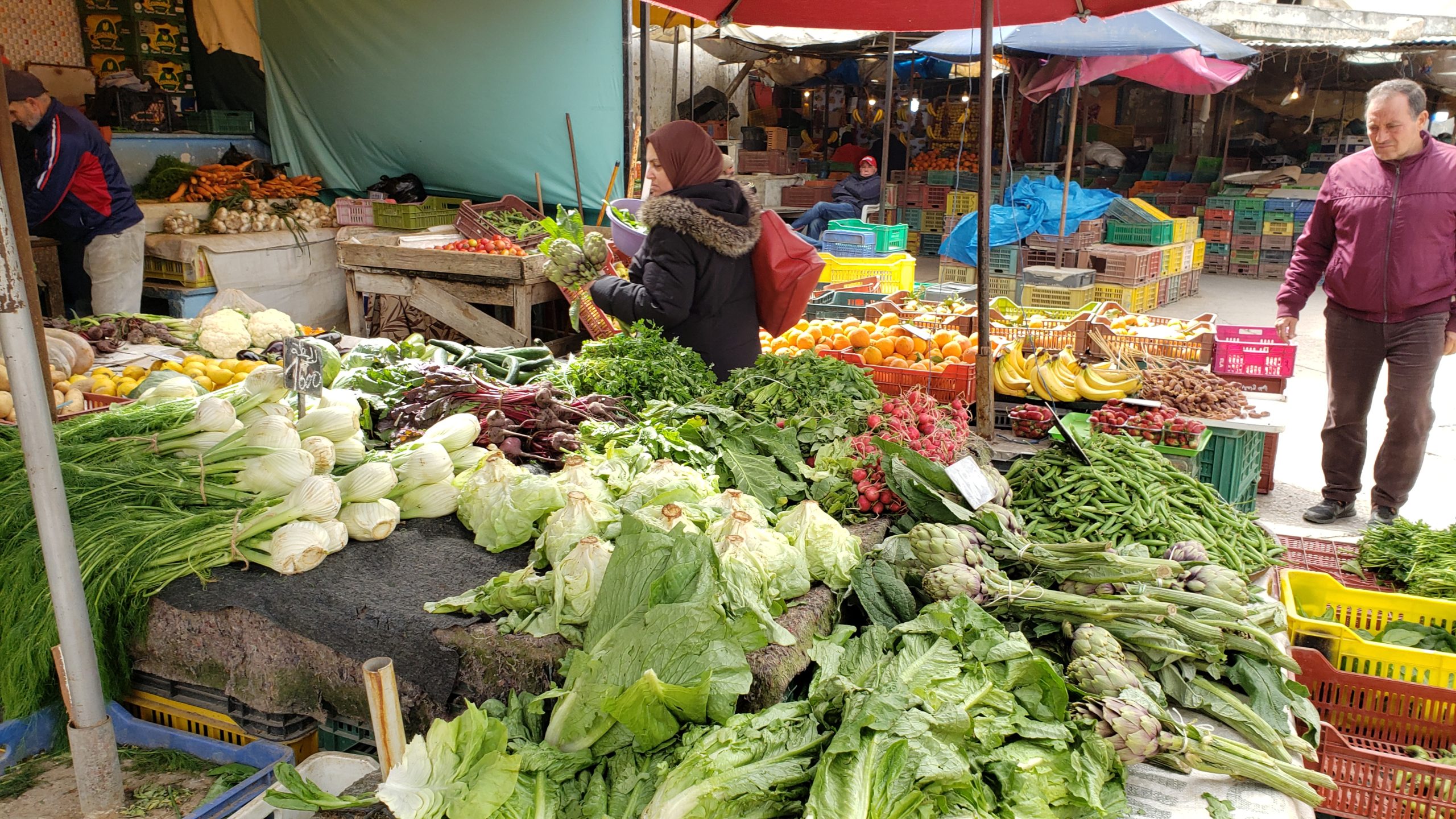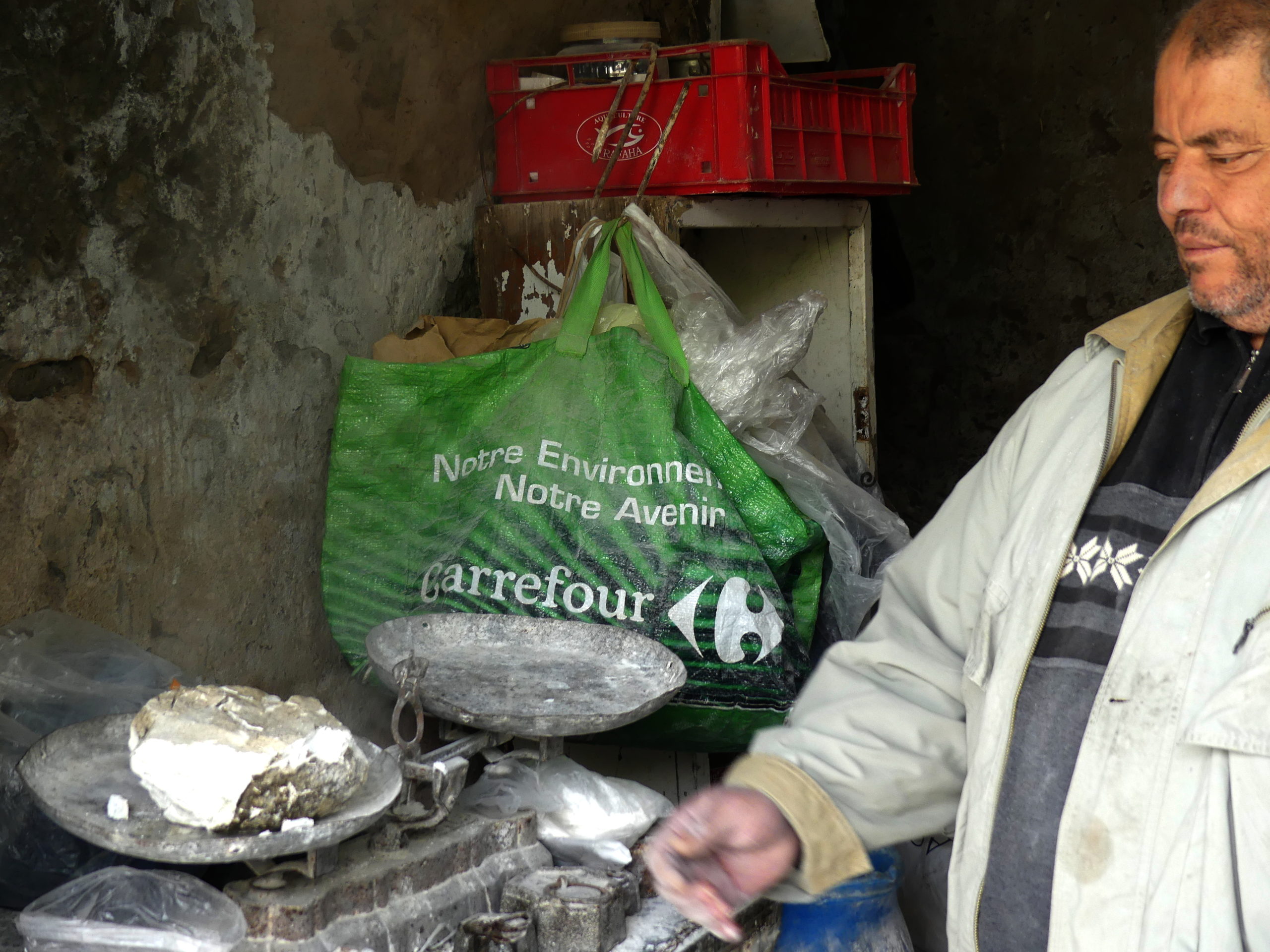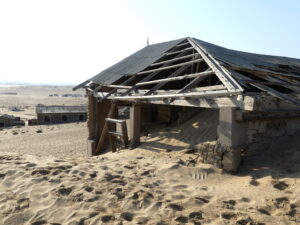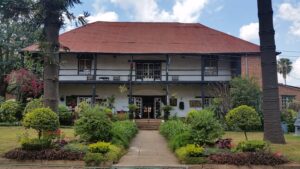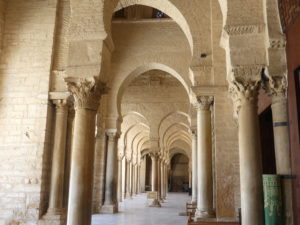In brief: Two seaside towns along the coast near Tunis gave us the freshest of perspectives and a typically ancient one as well. And it’s those two delights that continue to make traveling in Tunisia a pleasure.
Bizerte
In the seaside beach and harbor town of Bizerte, for example, we bought new-made pastries at the patisserie, just baked Ramadan semolina bread with black sesame, and the freshest of vegetables from the open air market in the old town.
And we mean old. As the northernmost point in Africa, Bizerte was first developed over 3000 years ago by Phoenicians who dug a canal from the sea to a huge inland lake in order to create the broad harbor that still exists.
Both sides of the entrance to the harbor were fortified in the 7th century, but changed hands several times while expanding to its current form by the 17th century.
Visitors can’t help but delight – and take selfies – amid this bright array of umbrellas tucked in a lane alongside the sturdy old Bizerte fort and the busy harbor.
At the left, across the old canal from the main fort, is a later secondary fort added to ensure ships paid any duty required for use of the harbor. The buildings along the channel have been freshened up with a variety of vivid colors.
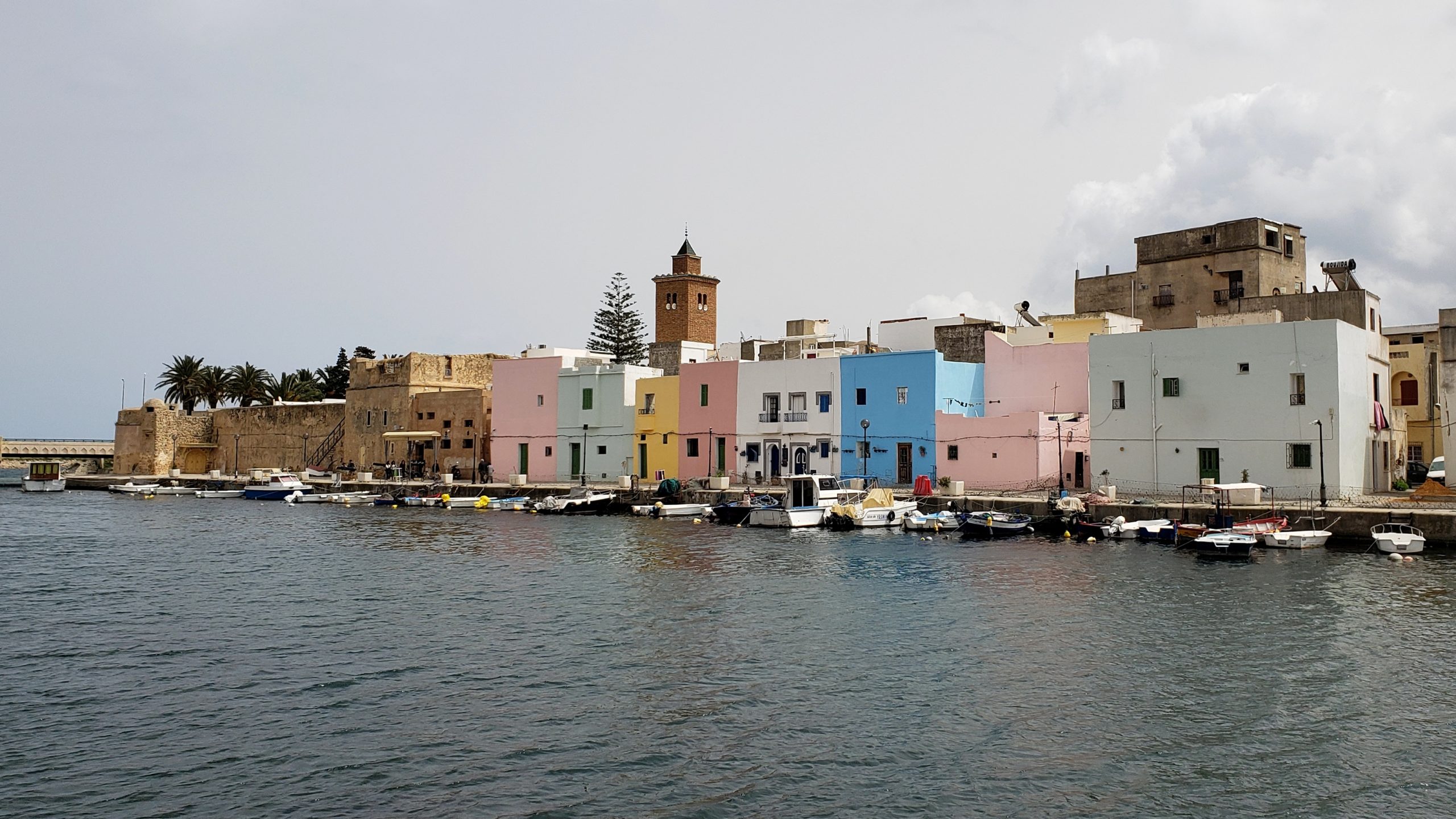
A view of the harbor westward, where many small private boats and fishing boats nestle. The fisherman on the right tends to his nets near the end of the day. This is still just part of the old Phoenician canal as it heads another few kilometers west toward the big inland lake.
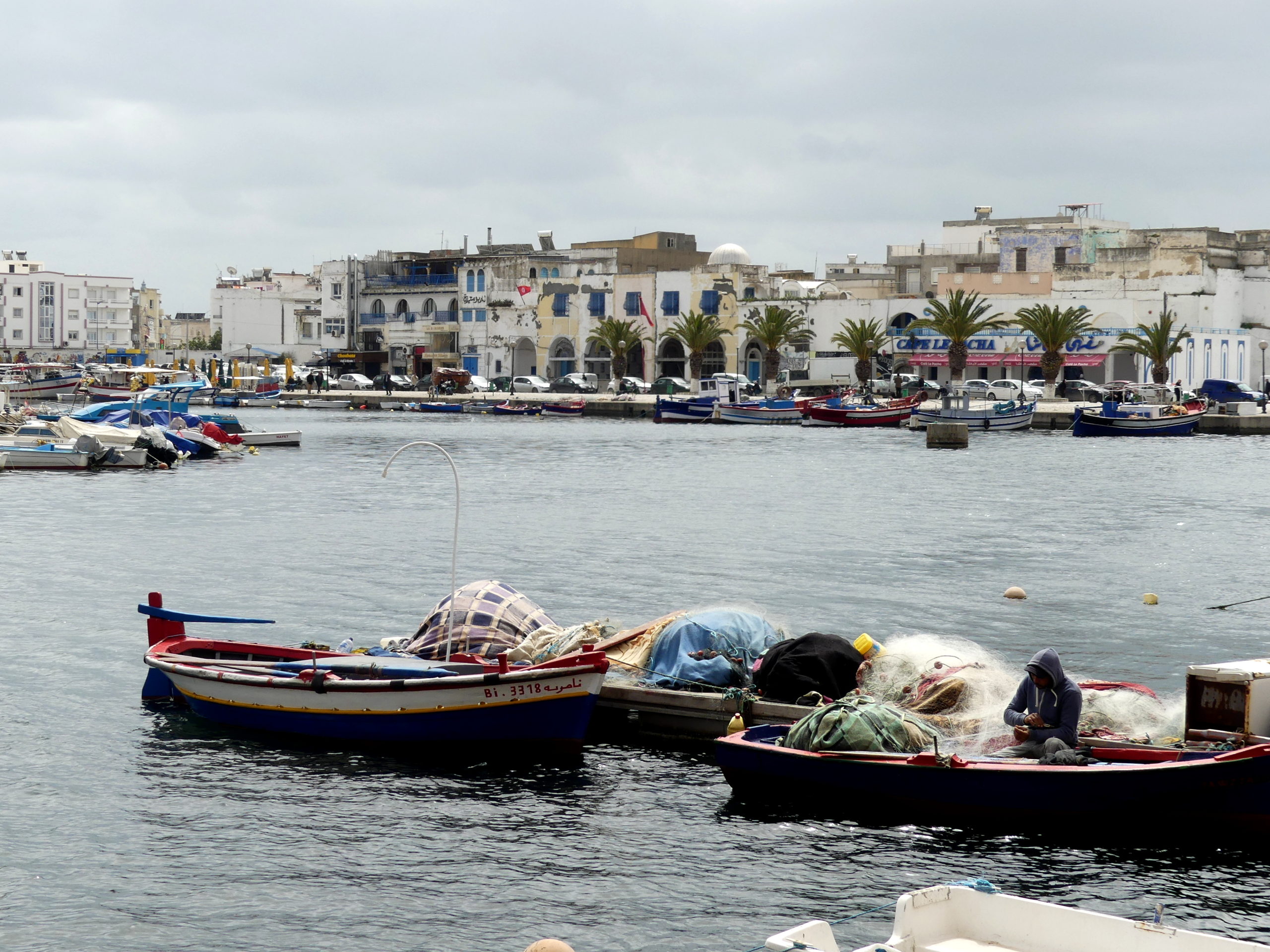
Nearby was the still standing Great Mosque in Bizerte which marks Ottoman rule starting from the 17th century.
Though rising above the town, mosque is accessed by taking a few undistinguished narrow lanes, just a few minutes from the harbor. Here the attendant at the Great Mosque looks from its plain doorway just before the call to prayer. The octagonal shape of the minaret indicates it is Turkish/Ottoman in style, with simple repeated patterns in the stonework.
This is the Tunisian version of knafeh, a cheese-based dessert, one of the many options at the inviting patisserie adjacent to the fort. Two years ago, we made Jordan’s version of knafeh with our friend Hosam, so we had to try this one. It was good, but we still preferred the one we learned to make. We also filled a box with pistachio-coated samosa style sweets and that honey-soaked semolina cake. Dessert for days!
We wanted to visit the fresh market in the old town, where we bought some fruit, beans and carrots. Locally caught fish was also plentiful.
Bizerte had expanded enough after the 19th century French occupation that much of it has a European feel along with Moorish touches. This lovely park is part of the French grid. Notoriously the French maintained a naval base here, refusing to leave at Independence until a bloody conflict eventually forced them out in the early 1960s.
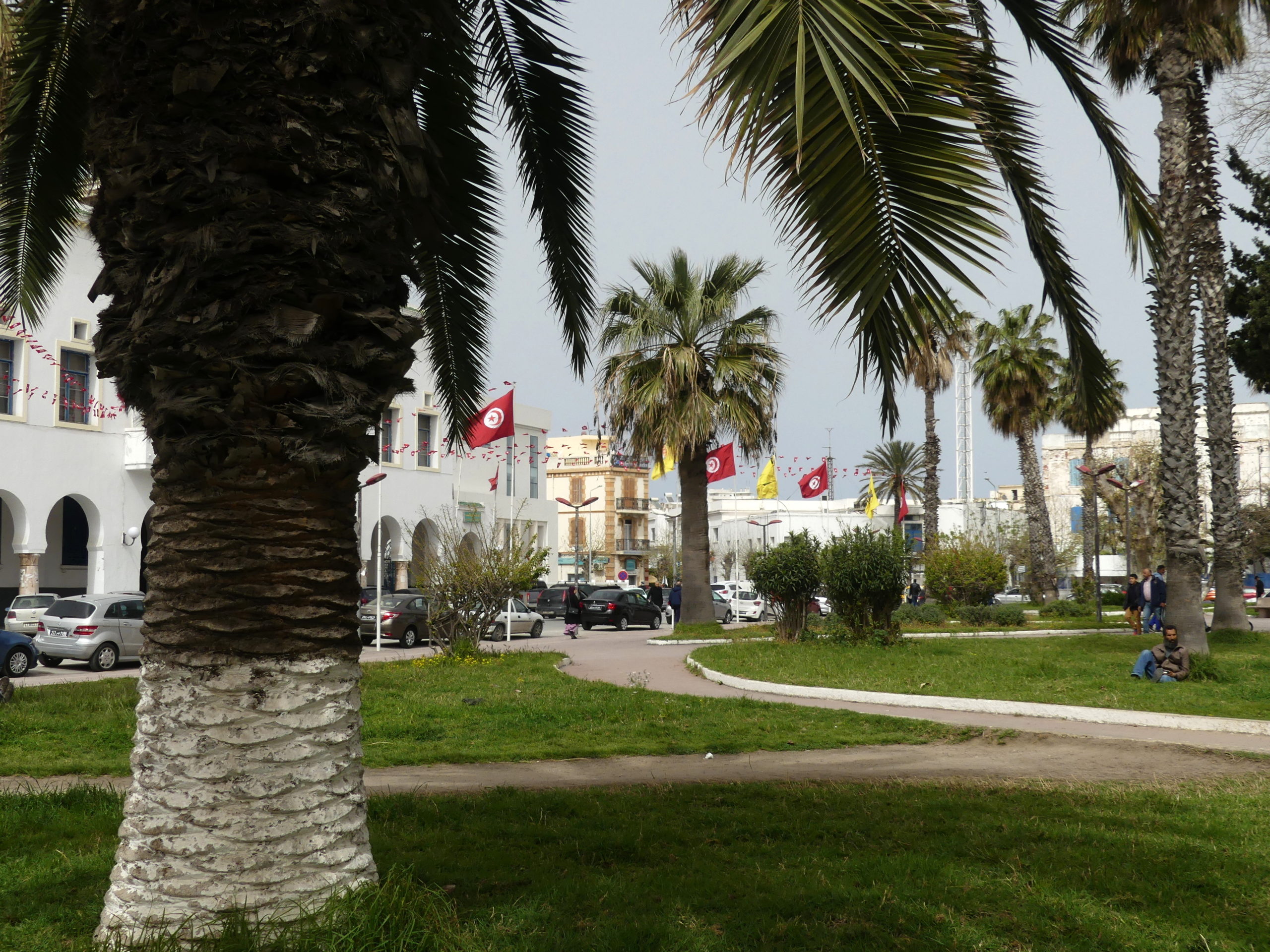
Bizerte is also a beach town, with a long coastline lined by a boulevard a bit run-down but currently being remade. At the end of its “Corniche,” you reach this cap of the peninsula. Not so long ago, what you see was all natural. Then some influential people managed to have several lines of homes and apartments questionably approved on the mountain. These were certainly advantageous for the views back along the beaches of the Corniche to the town, but spoiled the natural look.
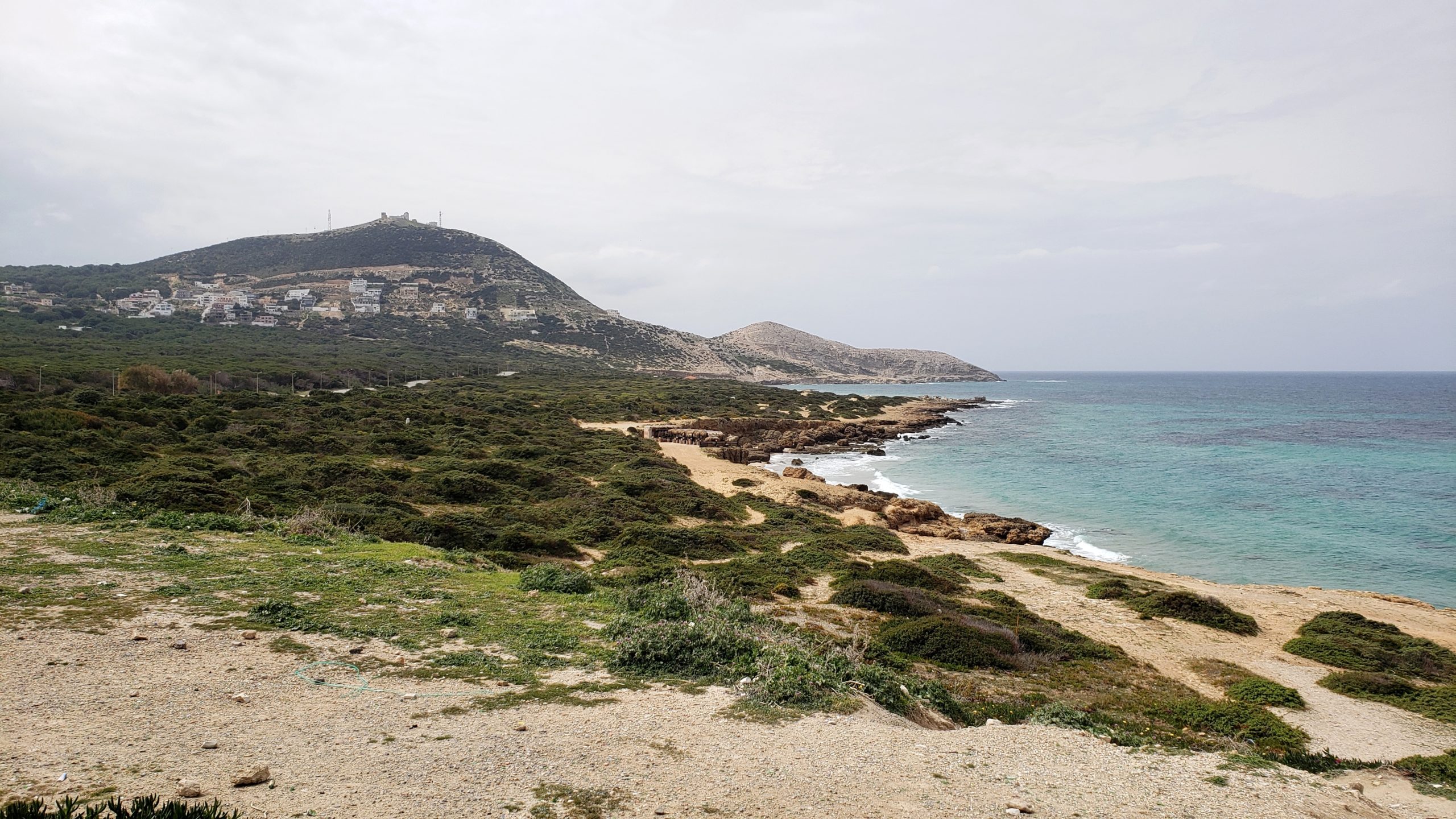
Our visit brought us the fresh, the old, and what’s more…the unusual. All part of travel.
We had read about the extensive carpentry shops and metalworkers throughout Bizerte, but here is one of the lime shops near the fort. The owner showed us part of the “lime cycle,” how limestone (calcium carbonate) is converted into a usable form of building material and then becomes limestone again.
He started with a cooked block of limestone (quicklime), and poured a bit of water over it several times. Suddenly the whole block collapsed into a powder (slaked lime) and emitted quite a lot of heat. The next step would be mixing the slaked lime with more water and sand to make mortar.
Once applied, the mortar would react with carbon dioxide in the air to permanently form – guess what? – solid limestone again. Amazing!
Sidi Bou Said
Hanging over the sea, Sidi Bou Said feels so much more contemporary but features quite an interesting past as well.
We immediately understood its charm, perched on a hillside just across the bay from Carthage. We strolled pleasantly up and down the steep streets of white walls and blue trim, a now mandatory color scheme borrowed from Santorini by a wealthy artist in the 1920s.
We were excited to see the tomb of the 13th century holy man for whom the town is named and who still attracts devout pilgrims. (No photos allowed!)
The villas of 18th century Ottomans and residences of other 20th century artists like Klee and Macke gave the place added depth. When we climbed to the top of the island, however, we were surprised to find a weathered Muslim cemetery, not some fancy resort. As is the custom, the dead were buried on their sides, facing toward Mecca.
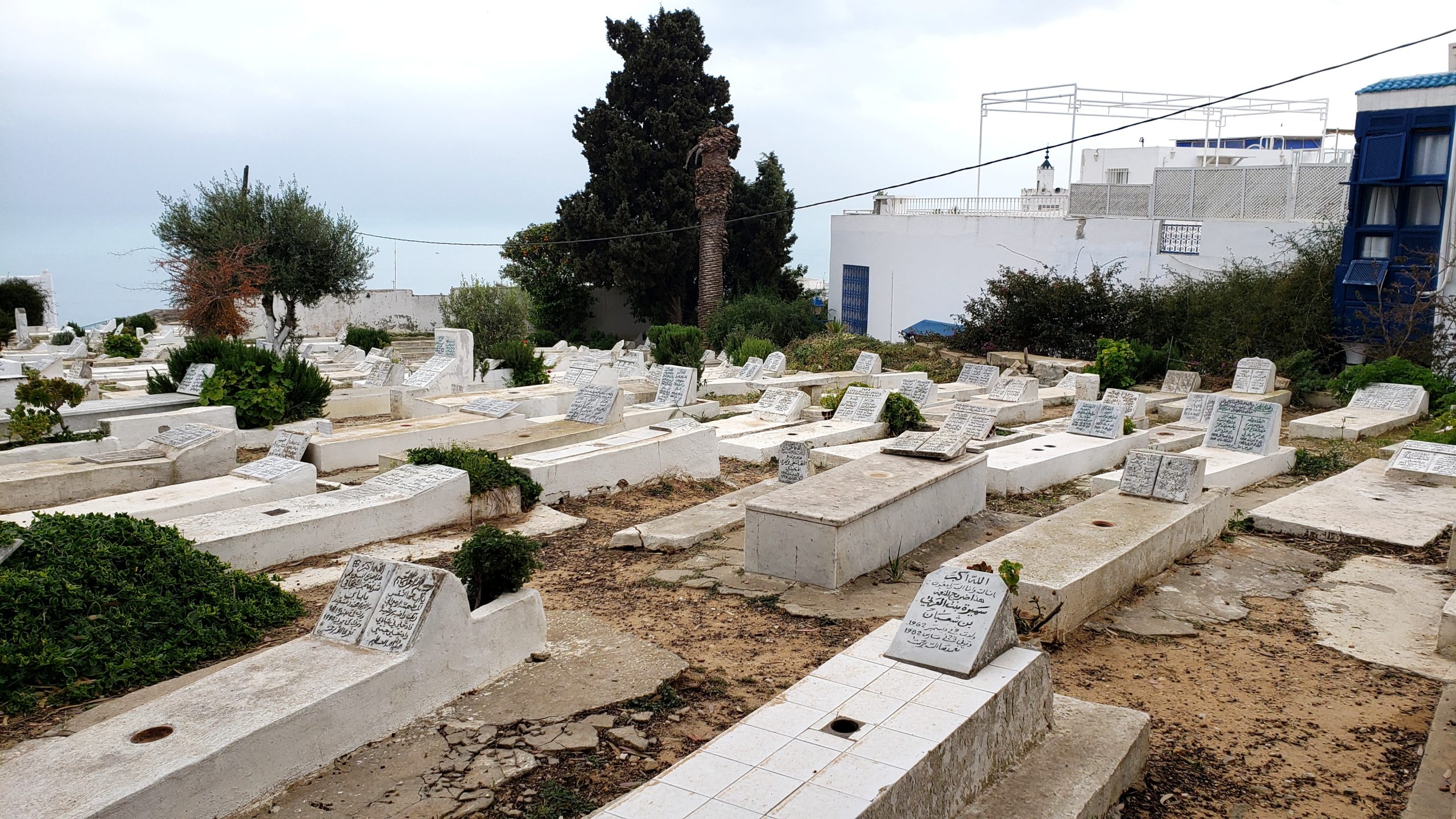
It wasn’t the best day to visit. Drizzly, foggy weather obscured views down the steep hillside and across the sea. On arrival, we had to evade the relentless press of souvenir sellers on a slow day, who normally feed off the busloads of tourists. That’s the downside of a place to which many flock. We could tell that, once above all the hawkers on a sunny day, Sidi Bou Said would deliver a strong charm fix.
Just after the bus parking and souvenir hawkers, this wide lane rising past formal shops gives a good idea of what the town looks like.
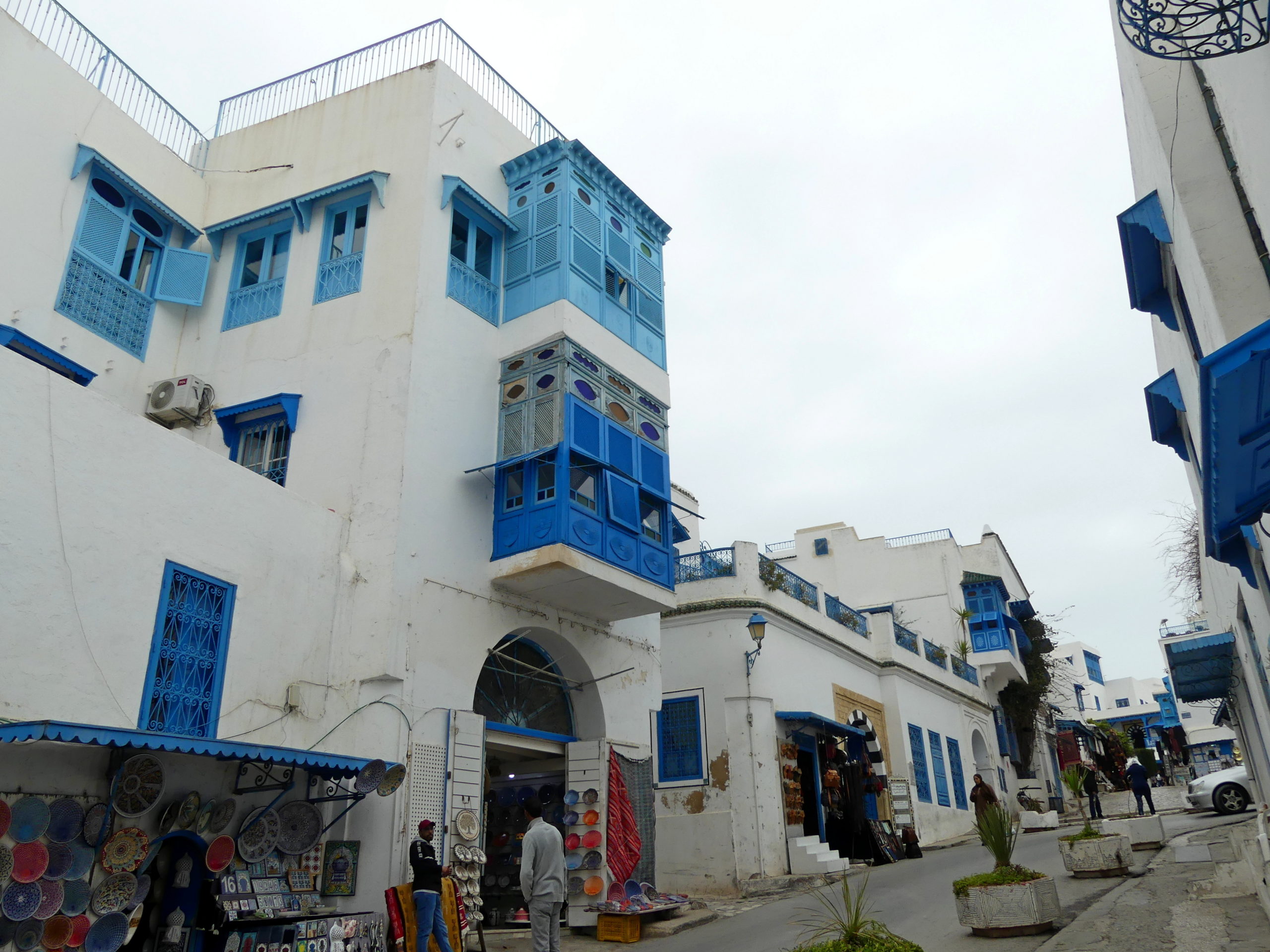
From a small park high above the sea, our view included some villas and a restaurant. This overcast day, you could barely distinguish the sea from the sky. We could just detect the port filled with yachts far below us, and the home of the artist who introduced the blue and white scheme. But the coastline was mostly obscured.
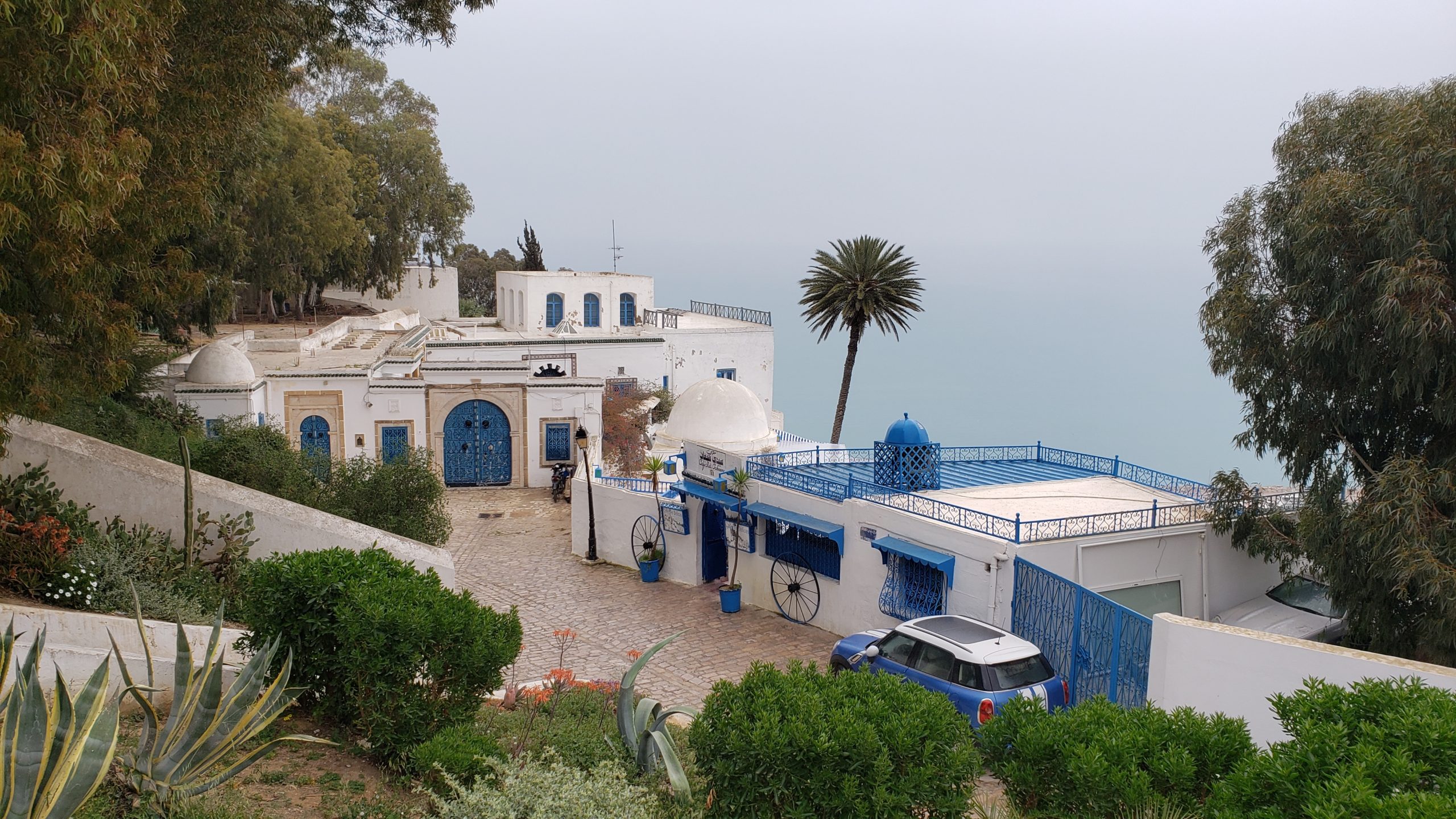
In a small plaza, this restaurant/café is one of the oldest in town, and is still inviting. This town is where you can find the freshest of seafood, with a view to match – normally.
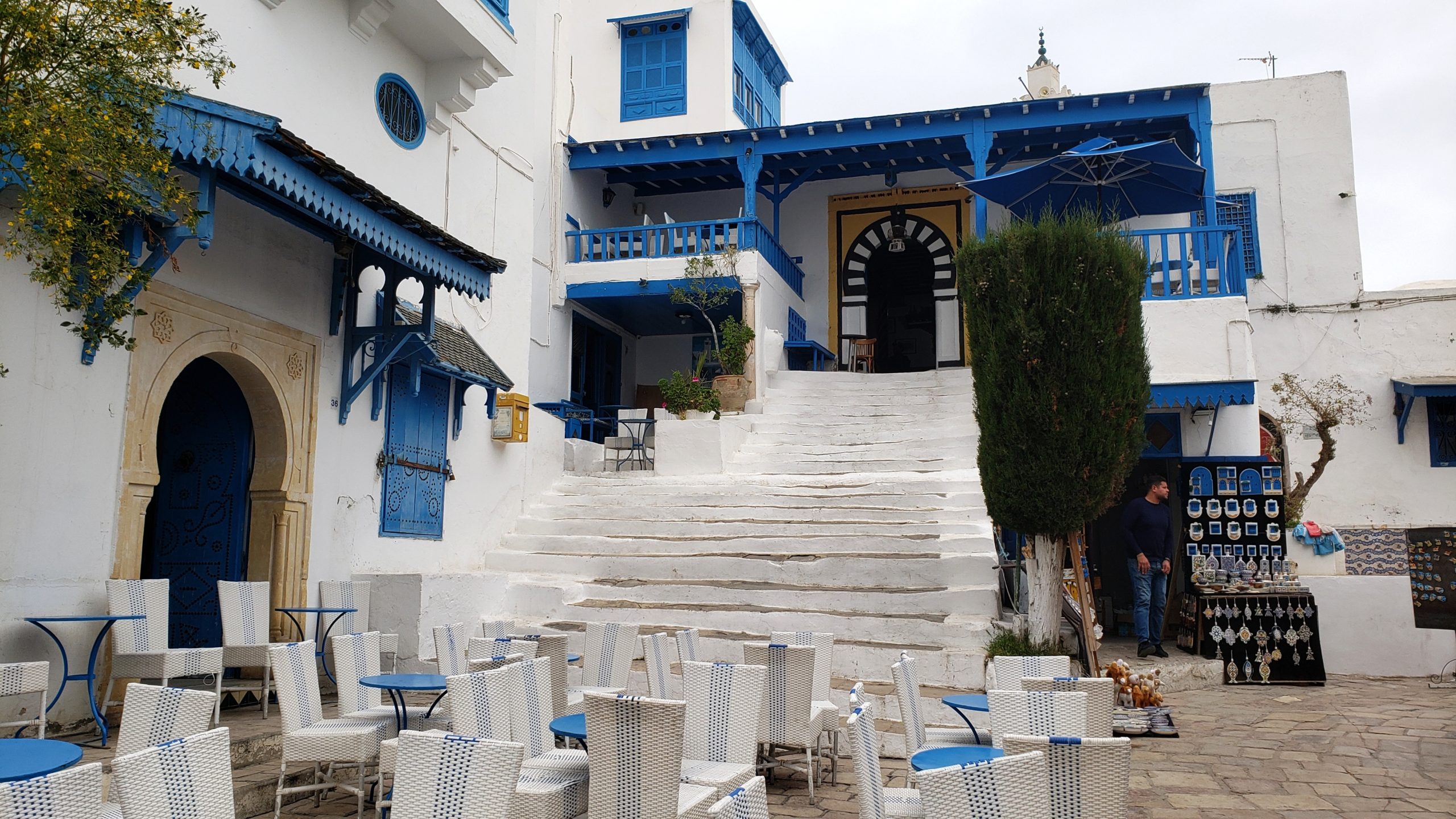
A 3-D map of the town, a ceramic artwork in itself. On this, the weather doesn’t matter.
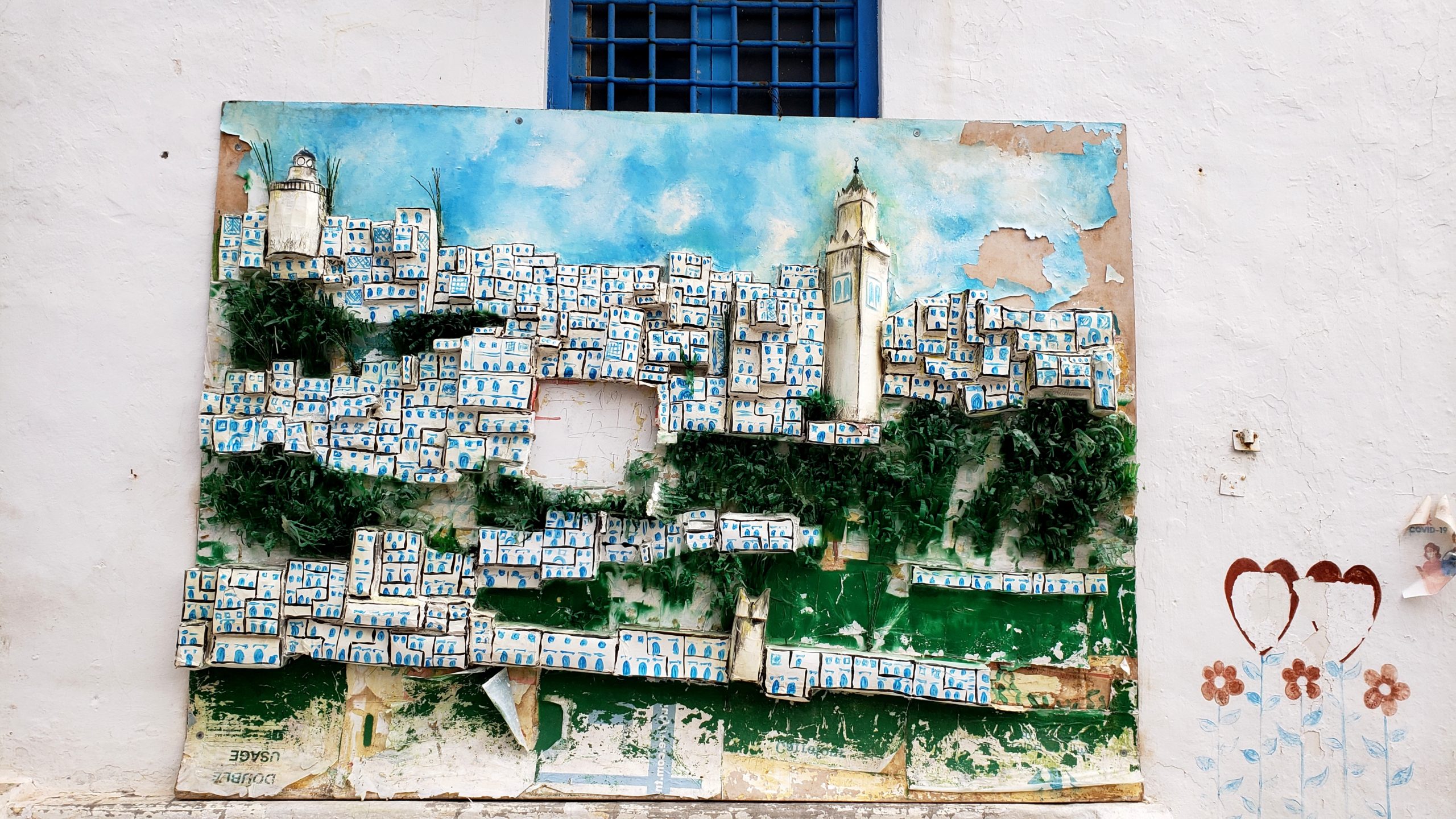
One of the charming doors and houses of the village.
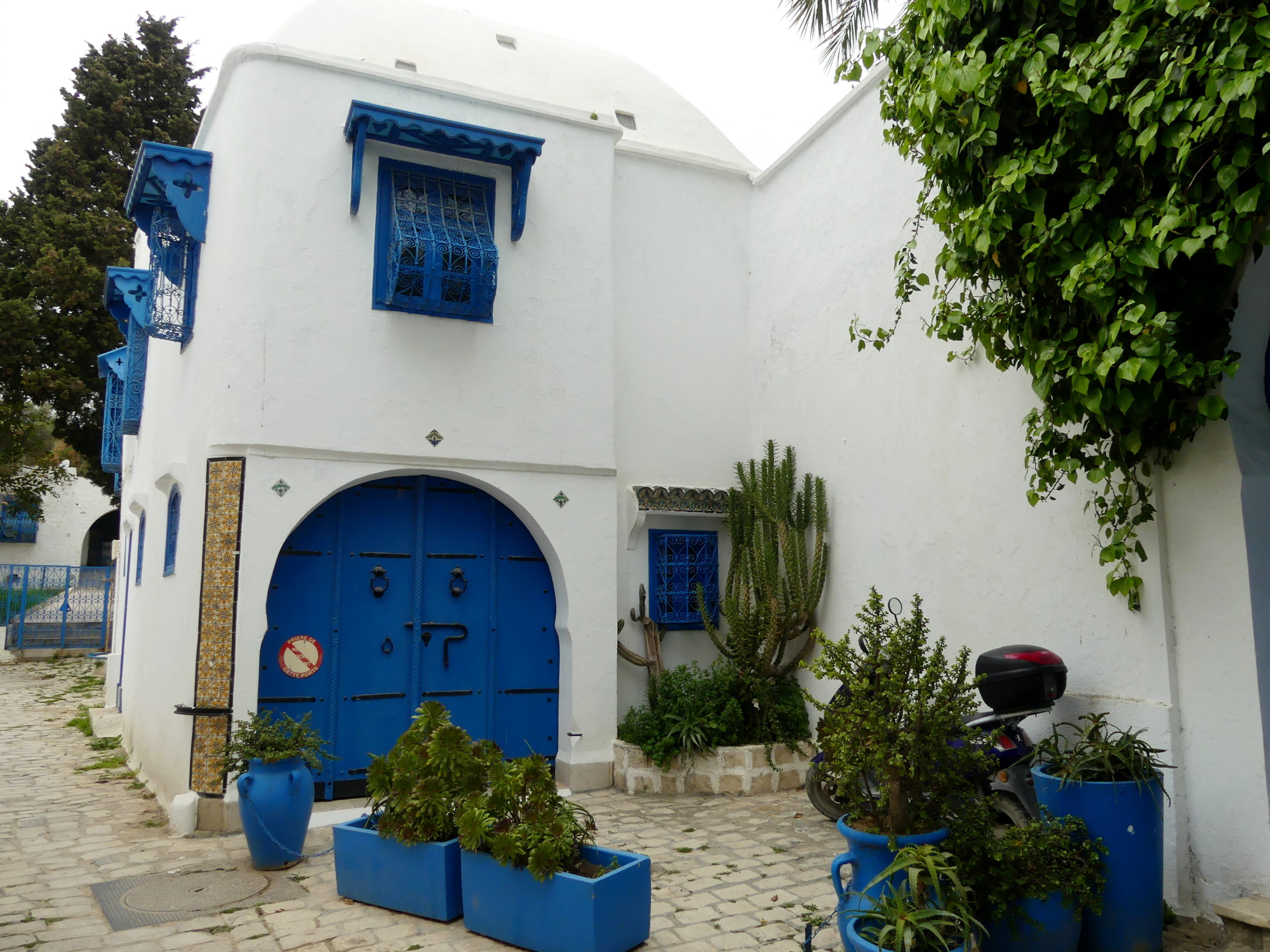
Places like this in town intrigued many European artists like Klee and Macke, who painted here – attracted by a Mediterranean light akin to that of the Riviera, at least on some days.
On another day, after visiting the old Punic settlement of Kerkouane (click here for that post), we explored the peninsula and coastal areas south of the bay of Tunis around the point of Cap Bon. That sunny day we understood more fully how the Mediterranean light could charm artists, as we were completely charmed by landscapes and viewpoints like this.
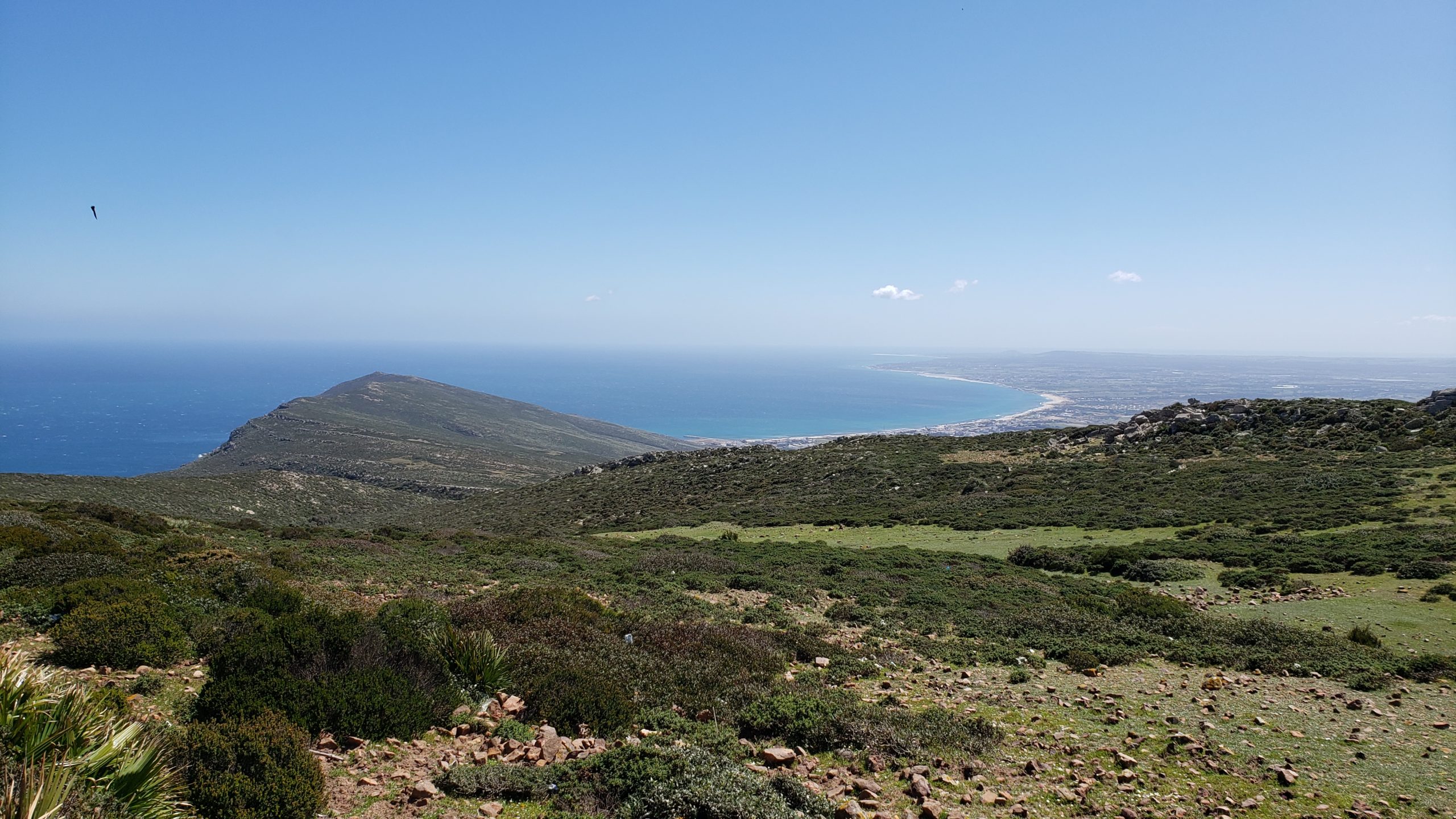
(To enlarge any picture above, click on it. Also, for more pictures from Tunisia, CLICK HERE to view the slideshow at the end of the itinerary page.)


